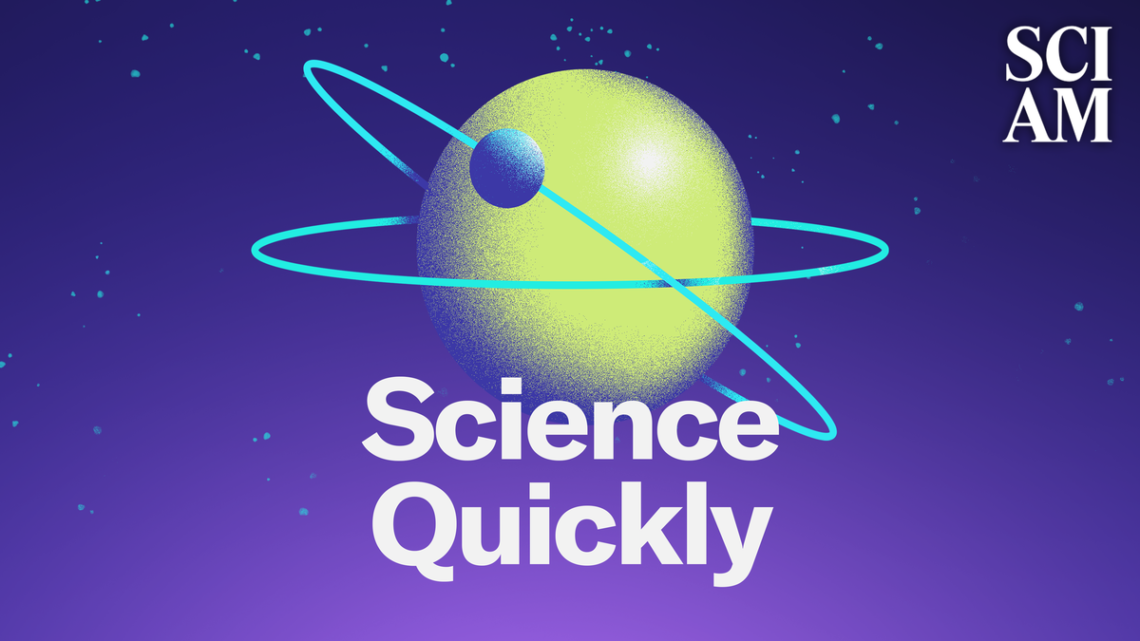[CLIP: Sound of Arecibo message being sent]
Rachel Feltman: For Scientific American’s Science Quickly, I’m Rachel Feltman. On November 16, 1974, humanity sent an unprecedented message into the stars.
[CLIP: Frank Drake gives a speech on the day of the Arecibo transmission: “If we go as far away as Mars or the other planets and look back, even with a powerful spacecraft, it is essentially impossible to know of human life on Earth. But now, with this radar transmitter, the Earth is exceedingly visible.”]
On supporting science journalism
If you’re enjoying this article, consider supporting our award-winning journalism by subscribing. By purchasing a subscription you are helping to ensure the future of impactful stories about the discoveries and ideas shaping our world today.
That was the voice of Frank Drake, a late astronomer and astrophysicist who was instrumental in sending what’s now known as the “Arecibo message.” Here to tell us more about humankind’s first attempts at finding intelligent life in the cosmos is freelance science journalist Nadia Drake.
Feltman: Thank you so much for joining us to chat today.
Nadia Drake: Thank you. It’s good to be here.
Feltman: Let’s start with some basic context for our listeners: What was Arecibo, and what anniversary are we talking about today?
Nadia Drake: The Arecibo Observatory was formerly the world’s largest radio telescope. And that was until China built their bigger radio telescope more recently, but for many years it had been the largest telescope on Earth, with, with a dish that spans 1,000 feet [305 meters]. And it had a very powerful radar transmitter that they used to study bodies in the solar system, actually.
In 1974 the observatory had just finished doing some upgrades to the facility that were going to turn it into a world-class observatory for astronomy. One of the things they did was they replaced the reflector dish for the telescope and gave it a surface that would let it make observations…
Read the full article here

